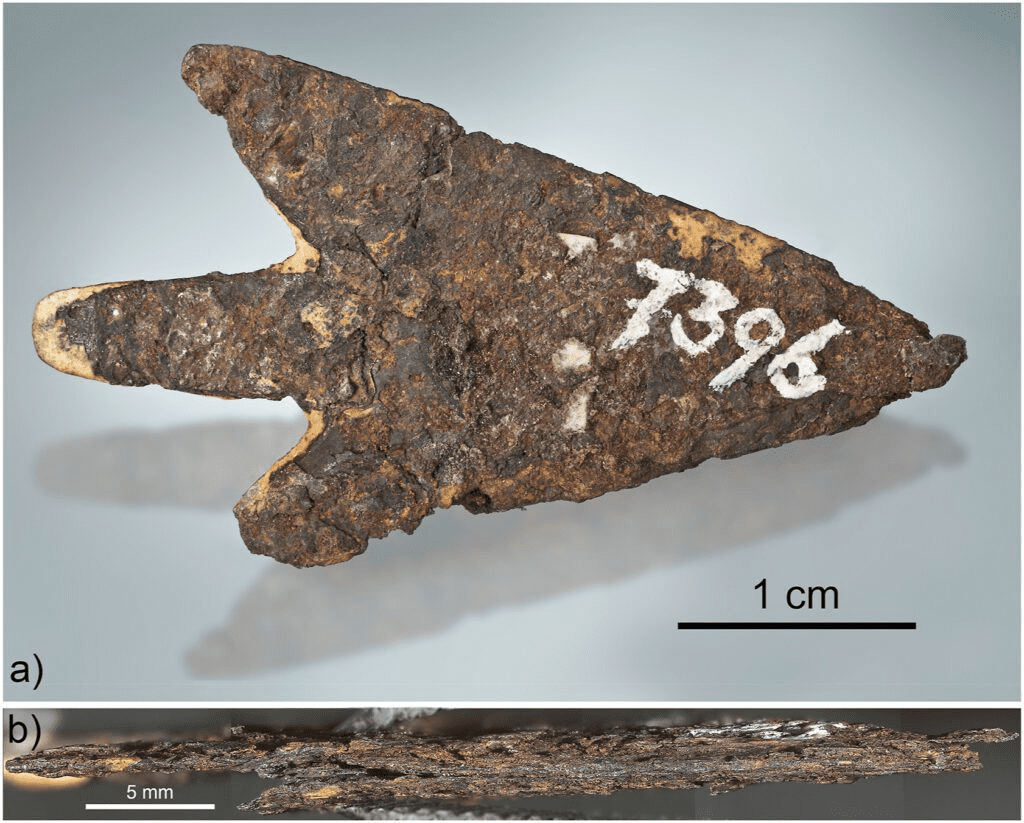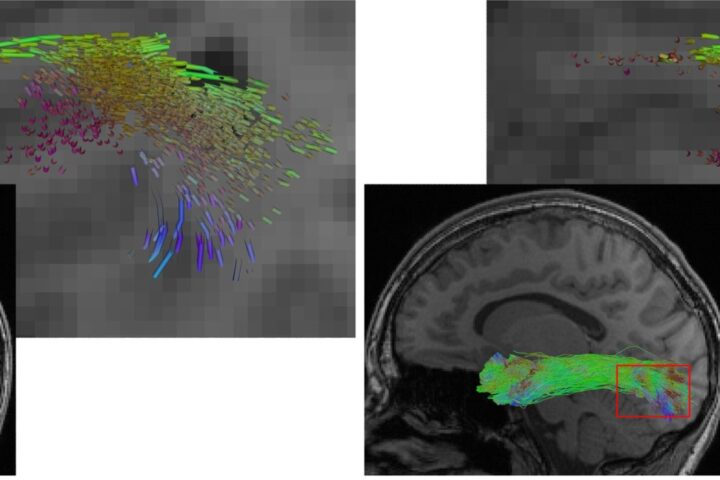Artificial Intelligence (AI) is increasingly becoming a crucial tool in predicting weather and climate patterns, including the ability to foresee El Niño effects well in advance. AI’s prowess lies in its ability to dissect extensive data, unraveling patterns that provide invaluable insights. These insights can help stakeholders make swift, informed decisions in response to pressing climate crises.
Auroop Ganguly, a respected figure in both computational and climate science at Northeastern University’s Institute of Experiential AI, underscores that AI’s aptitude is exceptionally well-suited for climate and weather sciences. AI’s proficiency parallels that of large language models like ChatGPT in its capability to comprehend vast data sets. AI can decipher complex patterns within these large data sets, patterns that often elude human comprehension.
Researchers are increasingly harnessing AI’s capabilities to demystify the complexities of the El Niño climate phenomenon. This event, notorious for its intricacies, presents itself as an apt challenge for AI to unravel. A vast wealth of data available in climatology aids in AI analysis, as reported by Phys.org. Interestingly, AI has managed to double the prediction lead time for El Niño events compared to traditional models, forecasting them 18 months in advance.
El Niño’s occurrence, however, is sporadic due to the intensifying effects of global warming, making its impacts unpredictable across regions. Here, AI’s potential to mitigate the severe effects of climate crises, such as water shortages and disease spread, comes into play. Yet, we must be cautious. AI, while a powerful tool, is not immune to challenges. For instance, AI may recognize false patterns based on the data set used. This risk underscores the importance of careful interpretation of AI outputs and the need for accuracy in input data.
The irregularities in climate patterns due to ongoing global warming make historical data sets less reliable. Despite these hurdles, AI’s potential cannot be understated. The incorporation of additional layers of complexity into AI models can enhance their performance.
Ganguly emphasizes that AI’s strength lies in its ability to navigate the vast data ‘ocean,’ rather than relying on simplified traditional models. Even though AI’s full potential in the domain of climate and weather sciences remains untapped, it has already made significant strides.
Similar Post
“We’re honored to participate in the Risk Reduction Hub at such a crucial time for the use of technology in response to the climate and sustainability challenge. Addressing these complex challenges will require continued innovation in advanced computational science, engineering, and data solutions in combination with existing physics, biogeoscience, and technosocial principles, which we’re spearheading in the AI for Climate and Sustainability practice.”
Auroop Ganguly, Professor at the Northeastern University College of Engineering and director of the Sustainability & Data Sciences Laboratory (SDS Lab).
AI forecasts could be a valuable resource for policymakers worldwide, especially during El Niño years. The general public can also use these AI-powered forecasts to prepare for upcoming climate crises. AI’s ability to handle massive data sets has sparked a revolution in understanding the intricate El Niño phenomenon. By including more complex variables in our models, we can navigate the challenges posed by unreliable data.
The interplay of climate action and AI holds a promising future. Though challenges exist, AI’s potential to carve an unprecedented success story in climate and weather sciences is immense. As we refine our models and improve our data, the world can look forward to AI becoming a steadfast ally in our fight against climate change.


















